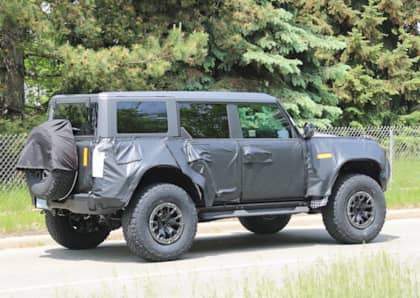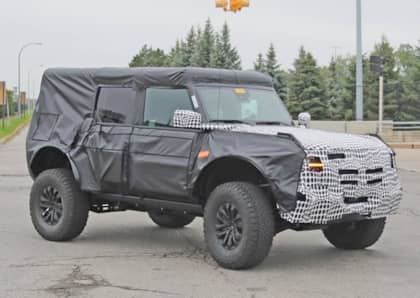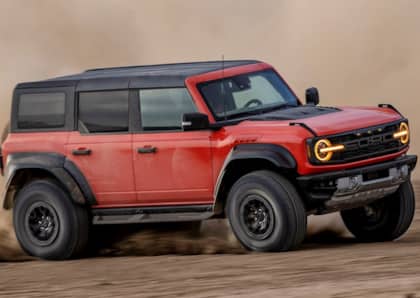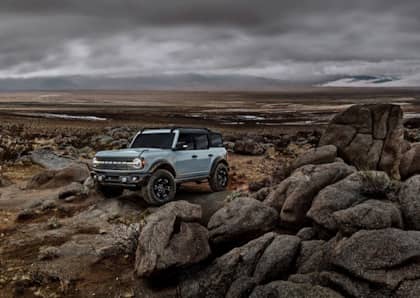Was The Current Ford Bronco Actually Designed In The Early 2000s?
Off-road fans have always loved retro styling, whether it be the original Jeep DNA that still informs the shape of the current Wrangler, the Lego-block looks of the Land Rover Defender, or the enduring popularity of classic models like the Toyota 4Runner and Land Cruiser well past their original sell-by dates.
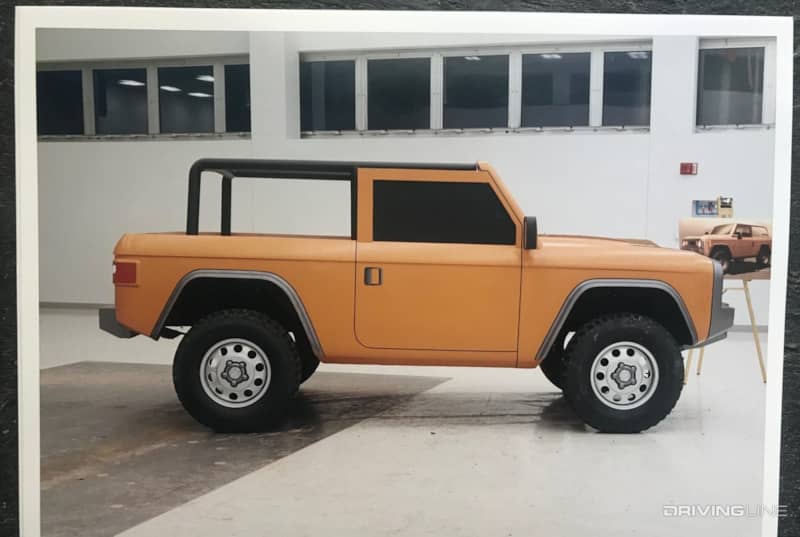
So strong is this pull that when Ford elected to revive its long-dormant Bronco nameplate and tap into the mega-buck market for trail-ready SUVs, it made sure to look to the past when putting pen to paper for the vehicle’s shape. It turns out, however, that while the new Ford Bronco definitely draws from distant chapters of its history, it also pulls from a much more recent off-road truck that never made it into showrooms: the U260 concept, a darling of the original early-2000s retro craze that is only recently getting the attention it deserves for the influence it clearly had on Ford’s best-seller.
A Brief Bronco Timeline
The Ford Bronco first appeared in 1966, and was intended to tap into the burgeoning desire among American drivers to explore the vast wilderness areas of the country that had long been out of reach of traditional cars and trucks. Newly capable four-wheel drive vehicles from Jeep and International Harvester had proven popular, despite being crude and agricultural in their day-to-day driving experience. The Bronco adopted many of their strong points—a robust chassis and suspension, compact size, excellent ground clearance, and a pair of solid axles—but seriously upgraded its manners on-pavement, which quickly made it a favorite.
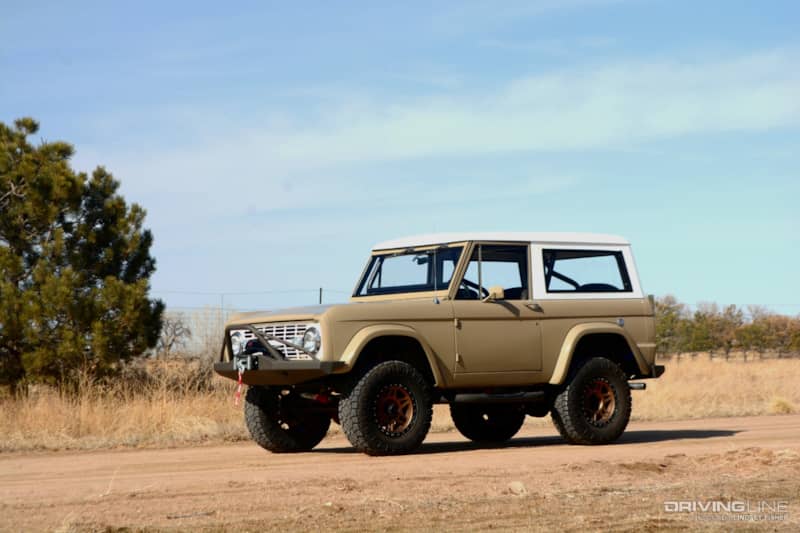
The two-door Bronco enjoyed a long initial run, and was replaced more than a decade later by a new, much larger model that was based on the same platform as the popular F-Series trucks. A cost-saving move that had been pioneered by General Motors with the Blazer and the Jimmy SUVs a few years beforehand, the Bronco continued to share its underpinnings with the F-150, specifically, from 1978 to 1996, where it underwent three distinct styling changes before it was retired from service.
(Secretly) Keeping The Bronco Flame Alive
Why did the Bronco disappear from showrooms? In the 1990s the tide was changing for sport-utility vehicles, moving away from personalized two-door off-road machines and instead focusing on family-friendly four-door trucks that could commute better than they could climb a rock face. For the Blue Oval, the spectacular success of the original Explorer (which could be had in both two-door and four-door editions) made the Bronco largely irrelevant, and when the F-150 was redesigned for 1997 its stalwart SUV companion was quietly put out to pasture.
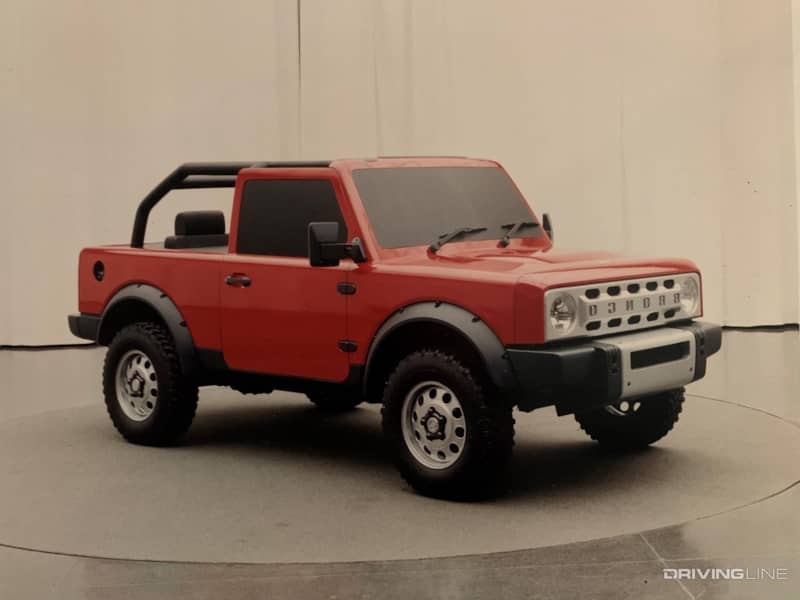
Not everyone in Dearborn was so willing to let the Bronco slink off into the night. A couple of years after its disappearance, a small group of designers at Ford began to toil away at producing an off-the-books update to the storied nameplate. Dubbed “U260,” the vehicle rode on the same wave of retro styling that had powered popular models like the Chrysler PT Cruiser and the Volkswagen New Beetle (and which Ford eventually embraced with another badge revival, the 2002 Thunderbird).
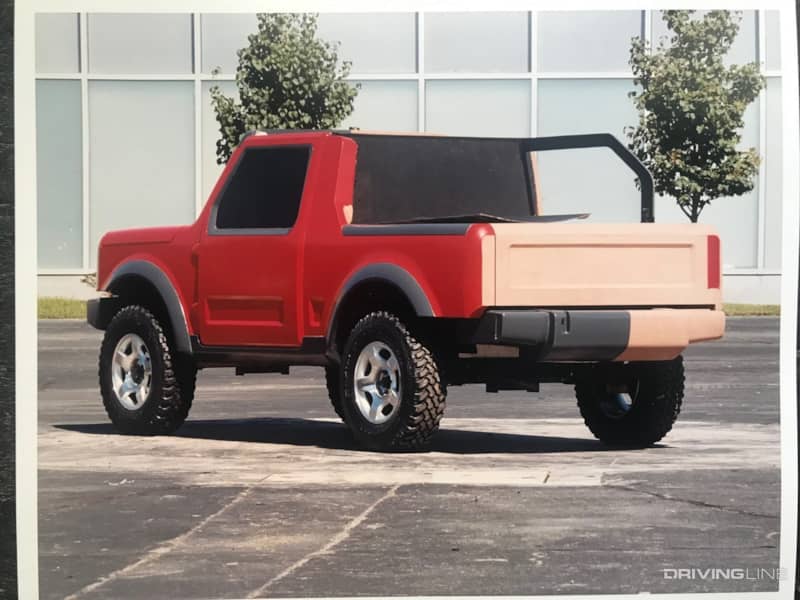
Clay models were built, along with a full-size sheet metal version (without running gear) to explore the potential for the design.
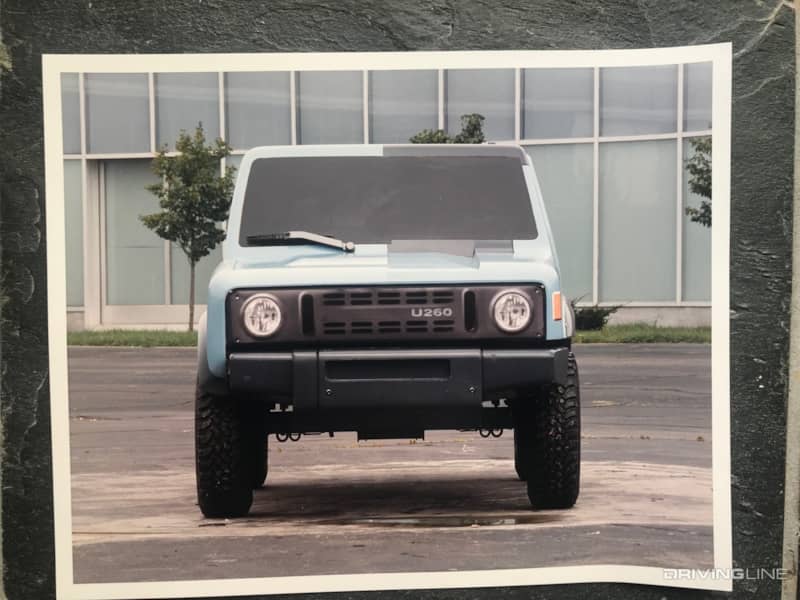
One look at the U260 and two things become instantly clear. The first is the lineage that the concept shares with the original Bronco, in particular the squared-off proportions, narrow front grille, and simple styling cues that hint at a utilitarian personality versus the sleeker pickup-based models that followed it.
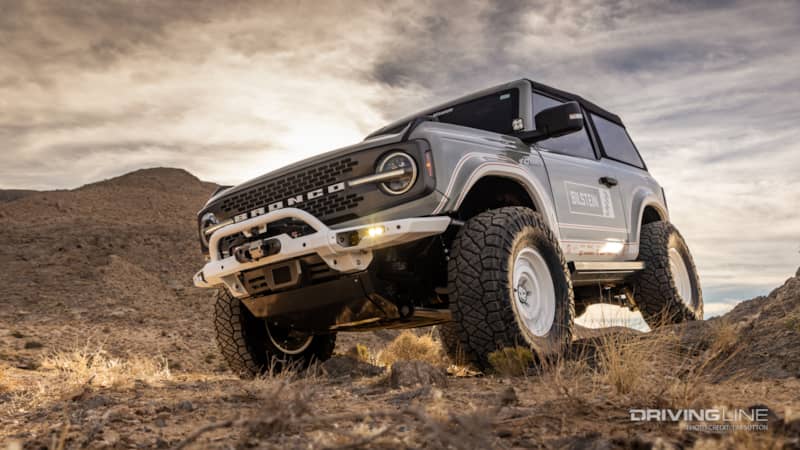
The second is just how similar it looks to the Bronco that arrived for the 2021 model year. Again, the grille is the focal point, but the decision to push the SUV further away from the F-Series and more towards its roots is evident in the proportions and relatively unadorned nature of both vehicles.
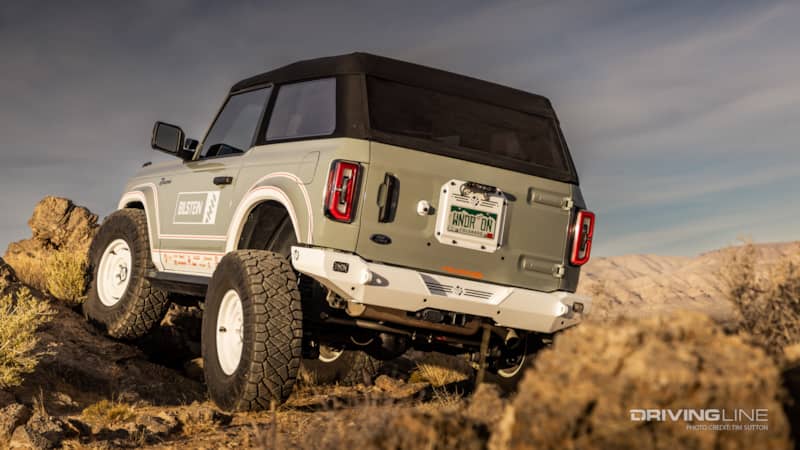
Consider, too, that the U260 was intended to be produced on the same T6 global Ranger truck platform that is used (in its modern form) by the 2021-and-up Bronco, and the ties become even more obvious.
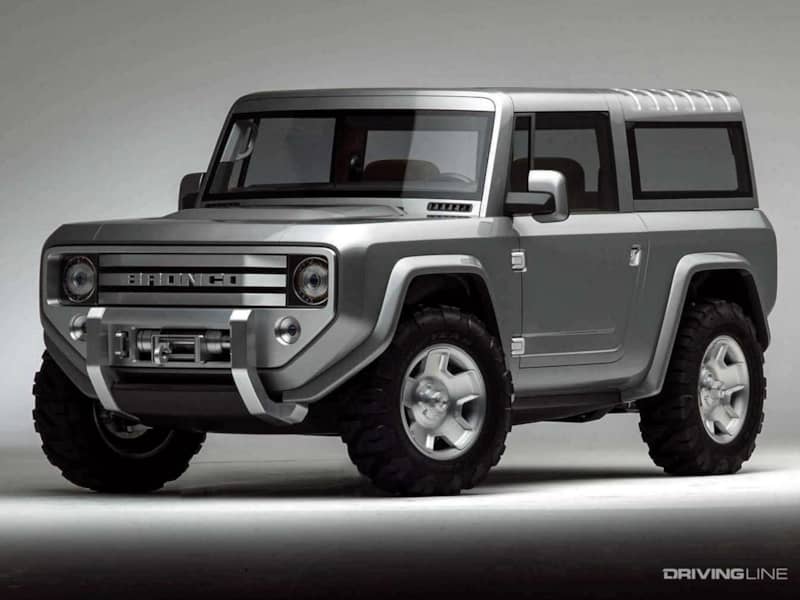
There’s one more piece of evidence that shows how the U260 had an impact on the looks of the Bronco that’s lighting up Ford sales reports today. In 2004, a new Bronco concept made the rounds of the auto show circuit, but its bulky, over-styled persona resembled a caricature of, rather than a tribute to, the SUV that started it all. There’s no link to be found between that much more publicized concept and the current-generation Bronco, making it a dead-end that only underscores the staying power of the secret project that preceded it.
The Twists Of Four-Wheel Drive Fate
What happened to the U260? A confluence of factors conspired to doom it from ever seeing production, specifically, Ford’s continued dalliance with the Premier Automotive Group (a collection of brands that included Volvo and Land Rover, which was hemorrhaging money), the poor reception of the previously-mentioned retro Thunderbird (which also put a damper on the Five Hundred concept), and of course the legal and financial obligations associated with the Explorer’s Firestone tire debacle. The fate of the Ranger in North America was also uncertain, and after several stays of execution it took the U260’s would-be platform to the grave by the end of the decade.
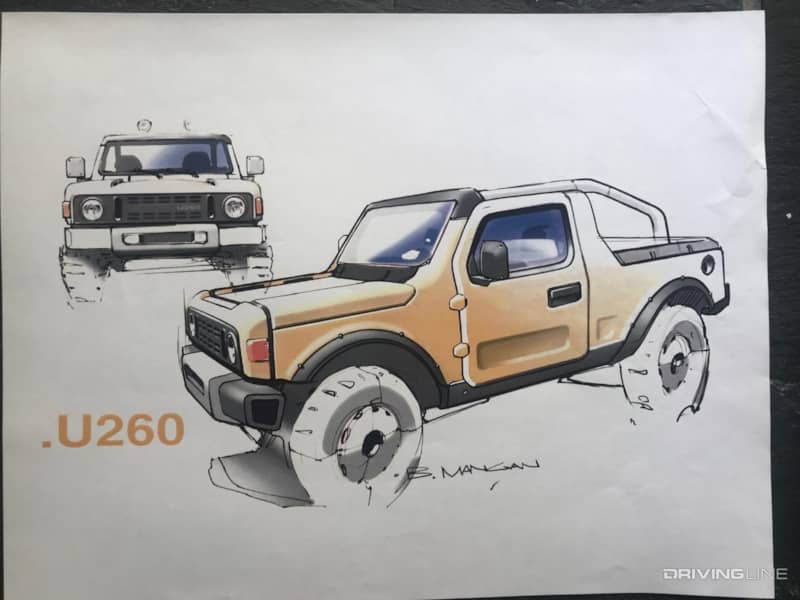
Still, just because the moment wasn’t right in the early 2000s doesn’t mean that the concept’s influence wasn’t far-reaching enough to make ripples 20 years later. Auto designers have long memories, and on top of its looks, the qualities embodied by the U260—a smaller, more nimble off-roader that was separate from its one-time full-size truck sibling—are remarkably similar to how Ford has chosen to differentiate the big-and-bulky, full-frame F-150 Raptor from the current Bronco.




